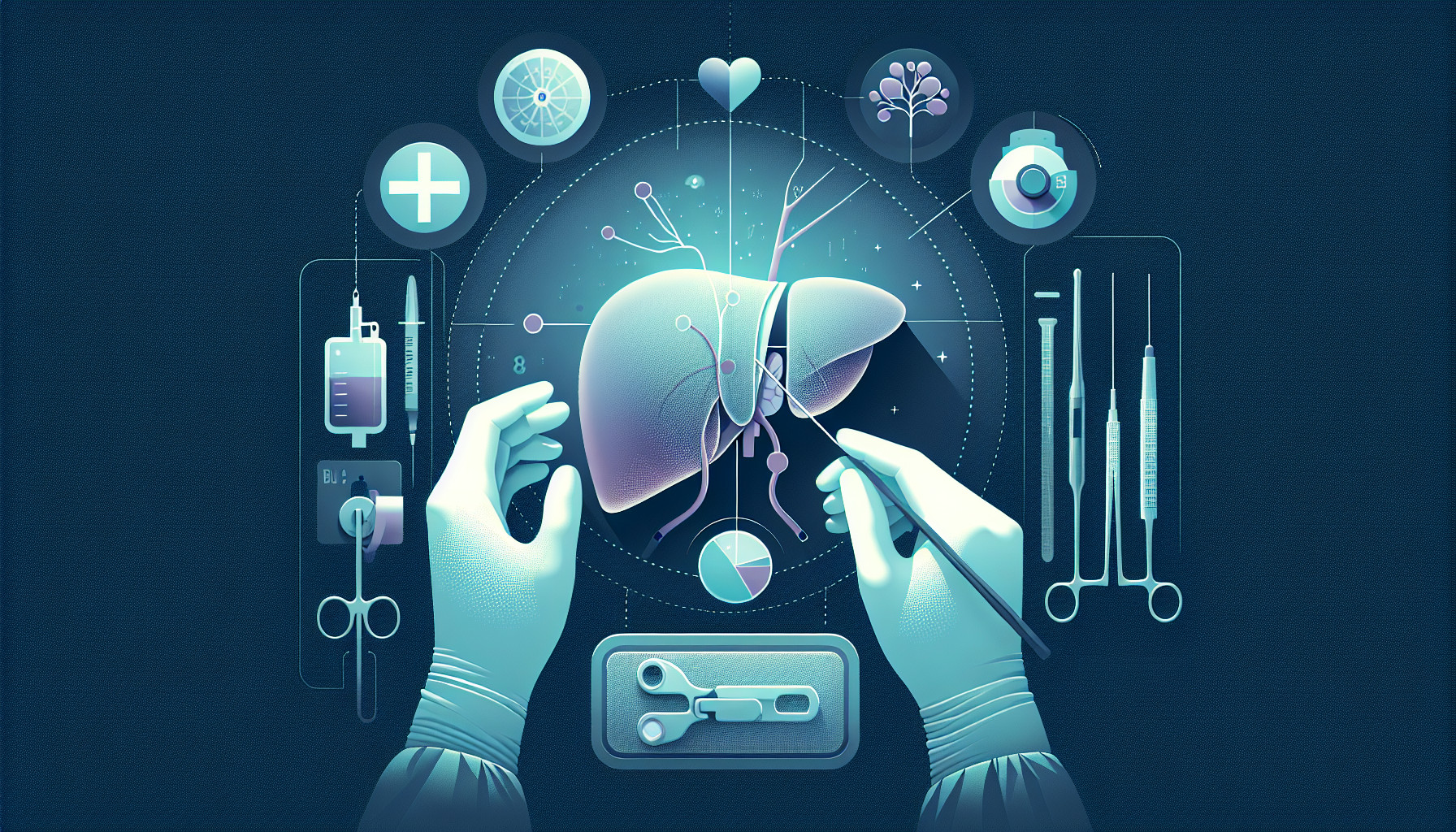Our Summary
This research paper tells the story of a child who was born with a rare genetic disorder called homocystinuria, which can cause problems with the eyes, bones, brain, and blood vessels. The child was also diagnosed with another condition known as hyperoxaluria, which can lead to kidney stones and kidney disease. The child was initially treated with diet changes and supplements, but these didn’t fully control his conditions.
When he was nearly two years old, the child developed a kidney stone and doctors found that he had many more in both kidneys. Genetic tests confirmed that he had a specific kind of hyperoxaluria, known as type 1. At the age of four, the child underwent a liver transplant as a proactive measure to treat this type of hyperoxaluria.
After the transplant, the levels of two substances in his blood called methionine and homocysteine returned to normal, indicating that the homocystinuria was under control. Six years later, these levels were still normal.
This is only the fourth reported case of a patient with homocystinuria being treated with a liver transplant, but it’s the first where the patient hadn’t yet developed any serious complications from the disease before the transplant. The authors of the paper suggest that the success of this case supports the idea of using liver-focused gene therapies as a potential treatment for homocystinuria.
FAQs
- Can a liver transplant cure homocystinuria-related disease in a pediatric patient?
- How effective is liver transplantation in treating homocystinuria and hyperoxaluria in children?
- What is the result of liver transplantation in a pediatric patient with homocystinuria and hyperoxaluria?
Doctor’s Tip
One helpful tip a doctor might tell a patient about pediatric liver transplant is to closely follow the post-transplant medication regimen and attend all follow-up appointments to ensure the best outcomes. Additionally, it is important to maintain a healthy lifestyle, including a balanced diet and regular exercise, to support the new liver and overall health. Finally, it is important for the patient and their family to communicate openly with the healthcare team about any concerns or changes in health status.
Suitable For
Patients with homocystinuria and hyperoxaluria who are not responding to conventional treatments or who are at risk for complications such as kidney stones, kidney damage, or end-stage kidney disease may be recommended for pediatric liver transplant. In cases where the underlying metabolic disorder primarily affects the liver, such as homocystinuria, liver transplant may be a curative treatment option. Patients with primary hyperoxaluria, who are at risk for progressive kidney disease, may also benefit from combined kidney-liver transplant. Preemptive liver transplant may be considered in cases where the patient has dual diagnoses of homocystinuria and hyperoxaluria to prevent or treat complications associated with both disorders.
Timeline
- Newborn: Patient is diagnosed with homocystinuria and begins treatment with dietary modifications and supplements.
- 22 months old: Patient passes a calcium oxalate stone and is diagnosed with primary hyperoxaluria, type 1.
- Age 4: Patient undergoes preemptive liver transplant to treat primary hyperoxaluria.
- 6 years post-transplant: Patient’s serum methionine and homocysteine levels remain normal, demonstrating resolution of homocystinuria.
- Ongoing: Patient continues to have normal methionine and homocysteine levels and is free of homocystinuria-related complications.
What to Ask Your Doctor
- What are the risks and benefits of pediatric liver transplant for my child’s specific conditions of homocystinuria and hyperoxaluria?
- How will a liver transplant specifically address my child’s homocystinuria and hyperoxaluria?
- What is the success rate of liver transplant in treating homocystinuria and hyperoxaluria in pediatric patients?
- What is the recovery process like for pediatric patients undergoing liver transplant for homocystinuria and hyperoxaluria?
- Will my child need any additional treatments or medications following the liver transplant?
- How often will my child need to follow up with their medical team after the liver transplant?
- Are there any long-term complications or risks associated with pediatric liver transplant for homocystinuria and hyperoxaluria?
- How will the liver transplant impact my child’s quality of life and overall health in the long term?
- Are there any specific dietary or lifestyle changes my child will need to make following the liver transplant?
- Are there any alternative treatment options for my child’s homocystinuria and hyperoxaluria that we should consider before proceeding with a liver transplant?
Reference
Authors: Kerkvliet SP, Rheault MN, Berry SA. Journal: Am J Med Genet A. 2021 Apr;185(4):1247-1250. doi: 10.1002/ajmg.a.62076. Epub 2021 Jan 14. PMID: 33443292
